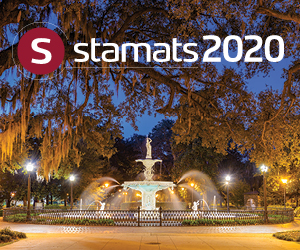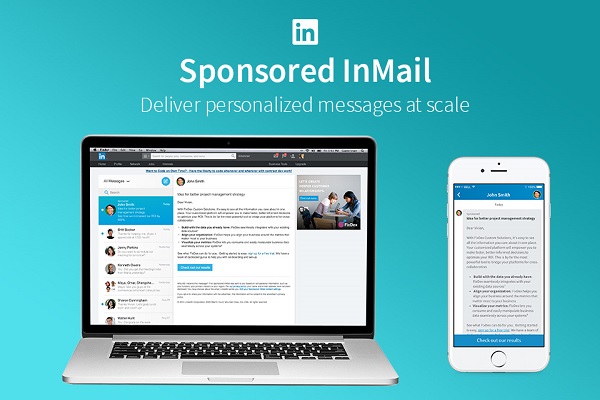
Stamats 2020
May 9, 2019

In recent years, several digital marketing platforms took interesting turns. Some social platforms switched to pay-to-play algorithms, effectively decreasing organic activity. Others implemented paid marketing rules that made it tough for higher education organizations to connect with relevant audiences in a meaningful way.
LinkedIn has transformed to a more flexible and user-friendly platform that prioritizes the needs of both advertisers and users. Through a strategic alternative to email marketing, LinkedIn InMail allows marketers to craft meaningful, personalized messages and deliver the content directly to the inboxes of targeted audience members.
While sponsored InMail campaigns can cost more than Facebook Messenger ads, InMail has been shown to effectively reach higher education prospects in a relevant way with measurable results.
Mount Mercy University in Cedar Rapids, Iowa, considers InMail to be a step beyond standard social media advertising. The university began using InMail in summer 2018. Elyse Robinson, Digital Marketing Coordinator, says InMail has proven to be more targeted and measurable in terms of success than standard social media ads.
“We have seen that it is working,” says Robinson. “We generate anywhere from seven to 13 leads per campaign. Our RN-BSN program saw increase in registration after we targeted with an in-mail campaign.”
Targeting audiences with tailored, relevant messaging is key for InMail success. Most messages Mount Mercy sends are related to specific graduate degrees and include more detail than a typical social media post. The team also includes personal verbiage to connect with the user, such as, “We think you would be a great fit for this degree.”
Robinson often links InMail messages to current, relevant web pages on the Mount Mercy site to encourage action. All messages also include a specific call-to-action to fill out a form for more information or connect directly with a program director.
As with any social media content initiative, marketers should align goals for the messages rather than taking a “spray and pray” content approach.
All messaging should focus on the user’s needs in a “what’s in it for you” approach.
Though many higher education marketers have not yet tried InMail marketing, Robinson encourages them to explore the feature. “If you can do a trial campaign and show the directors the outcome, it will be easier to get more leadership on board.”
Ready to Get Started?
Reach out to us to talk about your strategy and goals.